The success story of the fogger goes way back to 1948 when Dr. Stahl and his partner founded Motan in Ueberlingen on the shores of Lake Constance. Based on the rediscovered pulse-jet engine technology, foggers were manufactured for the first time for civil use under the brand name "Swingfire" and "Swingfog"(see the Chronicle of the Pulse-Jet Engine).
20 years after the successful launch of the Swingfog, Dr. Stahl dissociated from his partner and, together with his son Werner, founded the Dr. Stahl & Sohn GmbH & Co KG in new premises in 1968 again in Ueberlingen.
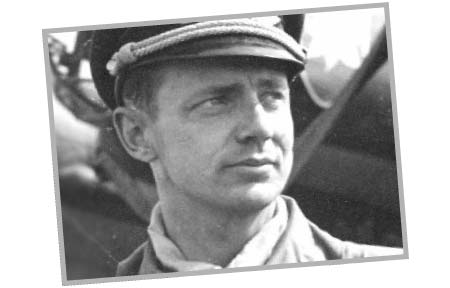
Dr. K.-H. Stahl (1912 – 1994), a Captain of Germany’ s first commercial airline (later to become Lufthansa) in the Thirties before turning test pilot and technical officer in the Luftwaffe in 1939, developed the first smoke-screen generator intended to help fighter-bombers evade their attackers. After World War II: As founder of the Motan Company in Überlingen/ South Germany, Dr. Stahl developed Marconnet’s and Schmidt’s pulse-jet resonator engine and eventually manufactured a commercially viable hand-held unit branded Swing fire using the hot exhaust gas as thermal pneumatic nozzle to create extremely dense and rapidly spreading clouds of fog. These are the fi rst thermal foggers based on the pulse-jet technology.
Starting of the first series production in the Fifties (1948) with 2 machines per work table. Displayed worldwide at fairs the increasing demand from African countries having health problems with malaria mosquitoes allowed to build up a series production with steadily increasing numbers of units. Under the leadership of Dr. Stahl heating units based on the pulse-jet technology are developed to be used in cars, trucks, railways, and military vehicles. At that time the pulse-jet fogger was used in Germany against forest pests, orchard pests, for the prevention of frost damage in early spring time as well as for mosquito control at the border of lakes and rivers.
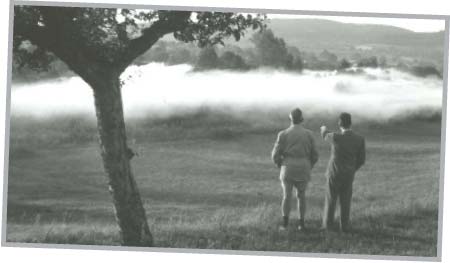
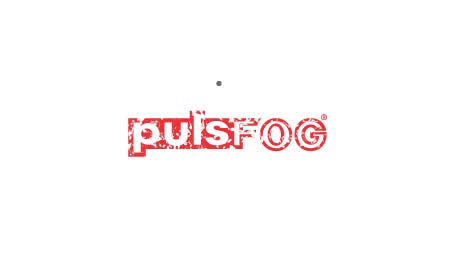
... was born. Together with his son Werner (27), Dr. Stahl sets up the new company Dr. Stahl & Sohn GmbH & Co. KG (1968) and launches the pulsFOG brand.
pulsFOG signifies a fogger driven by a pulse-jet engine. Numerous patent applications are filed worldwide, culminating in the renowned pulsFOG quick starter with direct fuel injection and automatic ignition. The first pulsFOG serial machine (K-10 Standard) in 1969 represented itself with the first quick start system with primer, detachable and transparent chemical tank as well as transparent fuel tank (shown with a experimental glas vessel for the application of few milliliters). Then, the workshop and the first leaflets did not yet look very representative.
The increasing demand for pulsFOG machines made it necessary to build a factory allowing to establish a qualified manufacturing process. Series of 10 units are launched, a method which is still practiced today. International exhibitions, visiting foreign countries for demonstration + education, training for assembling and servicing the machines, the easy starting technique with the patented direct fuel injection and simple aftersales service established soon the new trade mark. The new machines were offered to the growers for plant protection application in glasshouses. But the poor output of the first range of units (K-10 types, 24 hp) raised the demand for machines with more performance. In 1970 already the next bigger type K-2 (50 hp) was born and quickly became famous as ultimate weapon against the white fly epidemic in Netherlands’ glasshouse crops (1972), once the traditional HV spraying method was not successful anymore. End of Seventies 2000 units were sold to Dutch growers alone. The world’s most powerful portable pulse-jet fogger (K-3, 12 kg empty weight, 100 hp) was launched on the market and is still used predominantly for pest control in greenhouses and for disinfecting animal stables with Formalin. A 2 l combustion chamber with 2 carburettors provide the high performance of 100 hp.
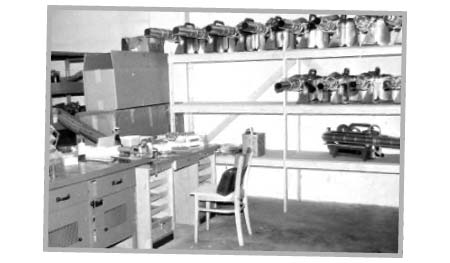
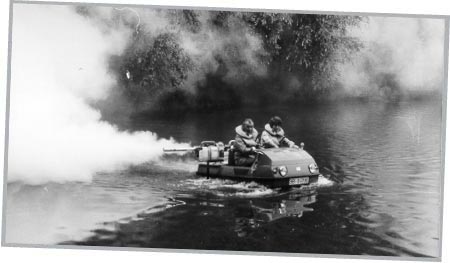
... brought a couple of technical novelties: pulsFOG-BIO units of different sizes equipped with two separate tanks for water and the pesticide were launched: In greenhouses for the control of cabbage looper, in forests for the control of caterpillars (prozessionaria in pine trees), defoliators (in Thailand) and leaf-eating caterpillars in oil-palm plantations (Indonesia). A significant improvement for the comfort and safety of the machine operation was introduced: in contrary to the design of the competition, the cooling air intake was layed from the back to the front of resonator resulting to a double cooling effect and the additional advantage that the hot rear side of resonator is now hermetically closed to prevent any outflow of combustible fogging liquid near the fuel tank in case of inappropriate operation. The pulsFOG K-4 BIO machine with 150 hp was launched. First to be used in greenhouses, later in rubber trees and for public health. In 1982 a Brazilian partnership with 60% pulsFOG shares was founded in São Paulo with the aim to manufacture licenced machines for the local market. Under theleadership of Mr. Fouquet senior (today’s successor Mr. Hans Junge), the new company prospered soon. Approx. 500 units/year are produced and pulsFOG/ Germany imports important numbers of Brazilian-made parts for our own assembly.
.. pulsFOG constantly works on their thermal and cold fogging maschines. pulsFOG organised and endorses field studies with national and international organisations and companies to constantly develop their maschines and promote the usage of fogging maschines. The buiness is still family owned and now in its 3rd generation, to protect people, animals and crops.
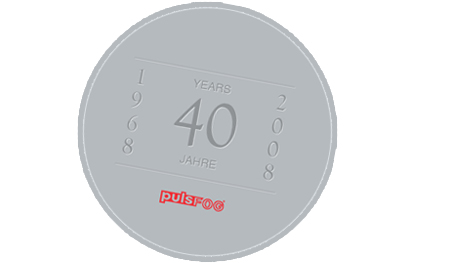

“Pulse-fogging” soon became a byword among users in the Netherlands and the English-speaking world. Numerous university research publications and test reports confirmed the effectiveness of the fogging method and are reflected in the international trade press.
The Brazilian subsidiary “pulsFOG Pulverizadores Ltda.” was established in Sa?o Paulo in 1982 to service the South American market. Brisk traffic in components with this company ensures a competitive edge. New machines are also developed in Brazil to offer specific solutions for local applications (e.g. the K-10sp SAN, fondly named “Ant Eater”, or transportable ULV machines to combat malaria and dengue fever). Many technical developments for the needs in tropical countries are born in this subsidiary through the inventive genius of Mr. Gunther Fouquet, son of the former partner and co owner.
Founded in Toulouse in 1991, “pulsFOG France Sarl” not only deals with the pulsFOG product range, but also builds its own electrical foggers for the French market.
pulsFOG machines have been manufactured under license in New Delhi, India, since 1991 and enjoy a steadily increasing share of the market.